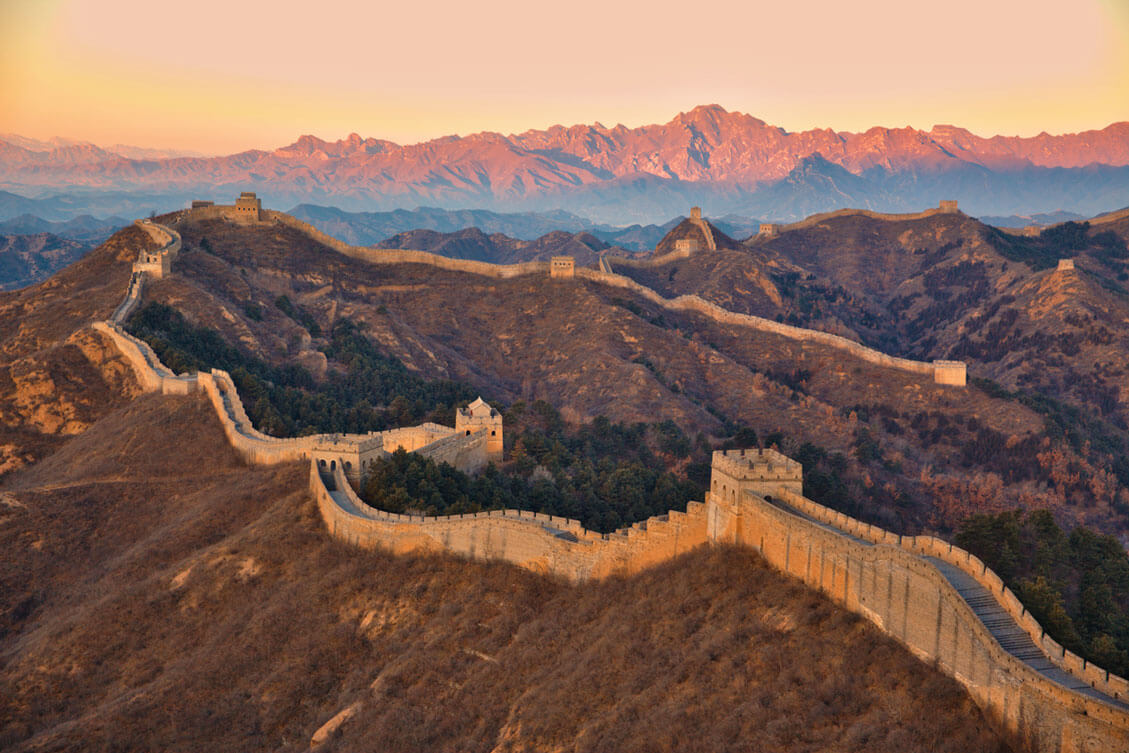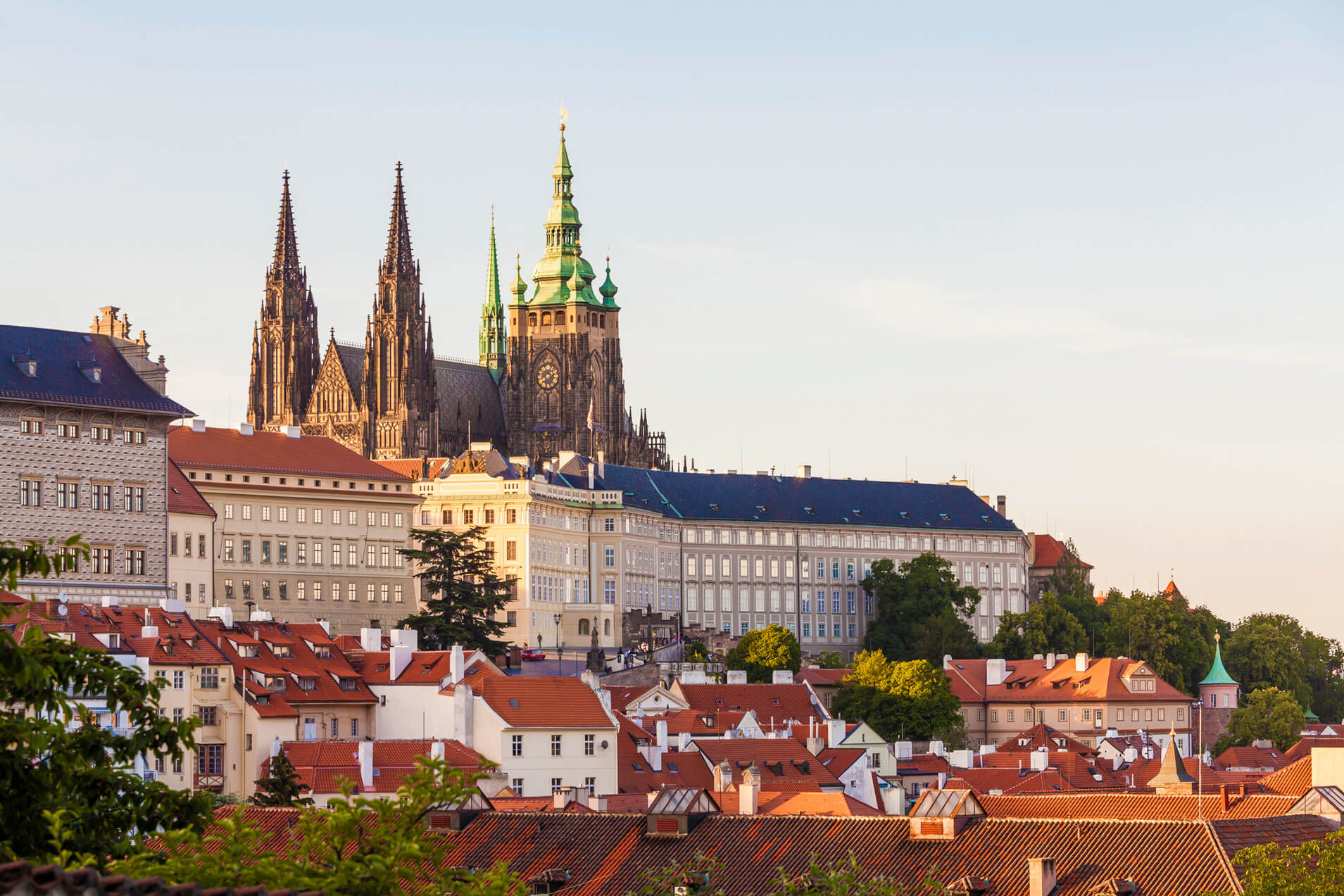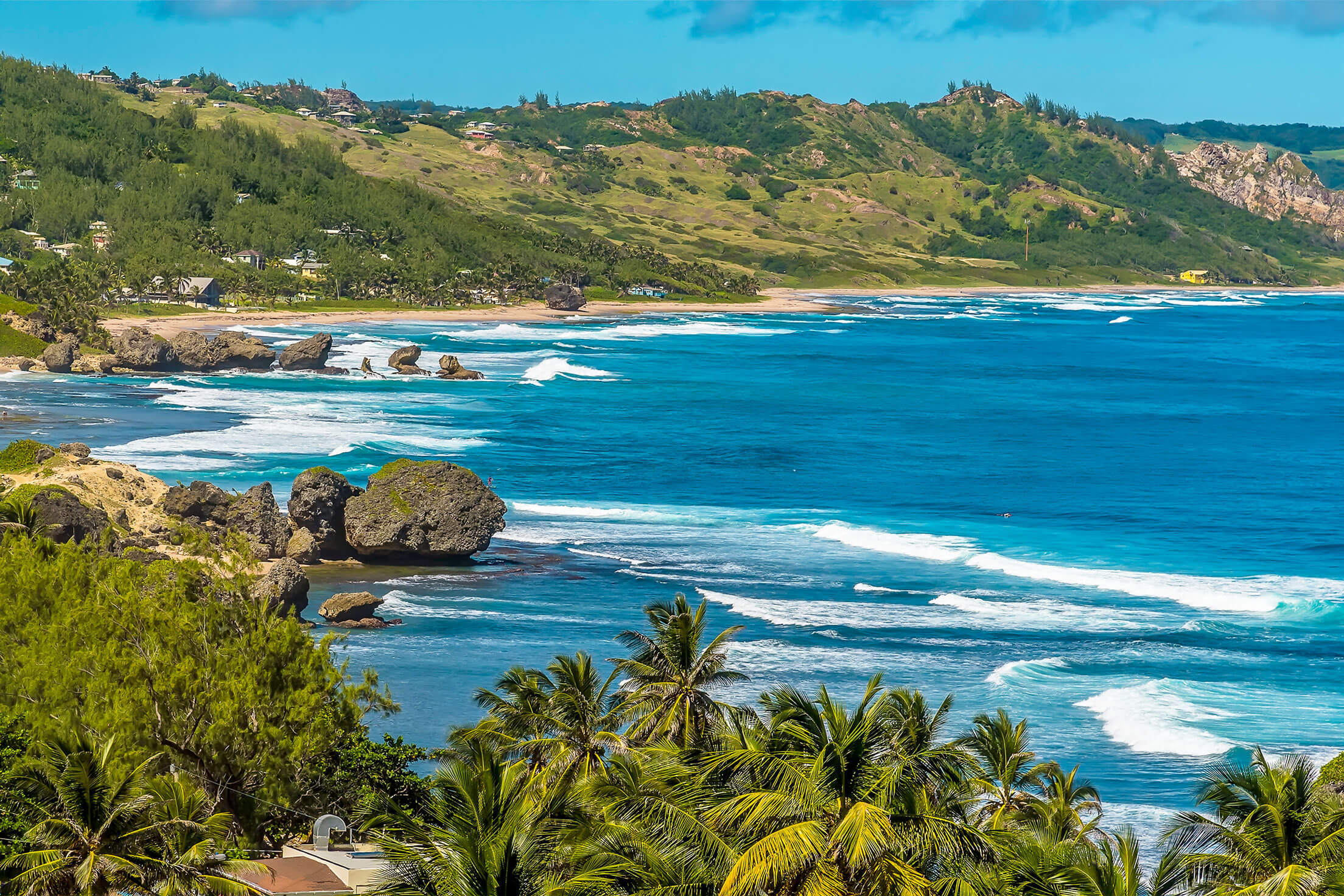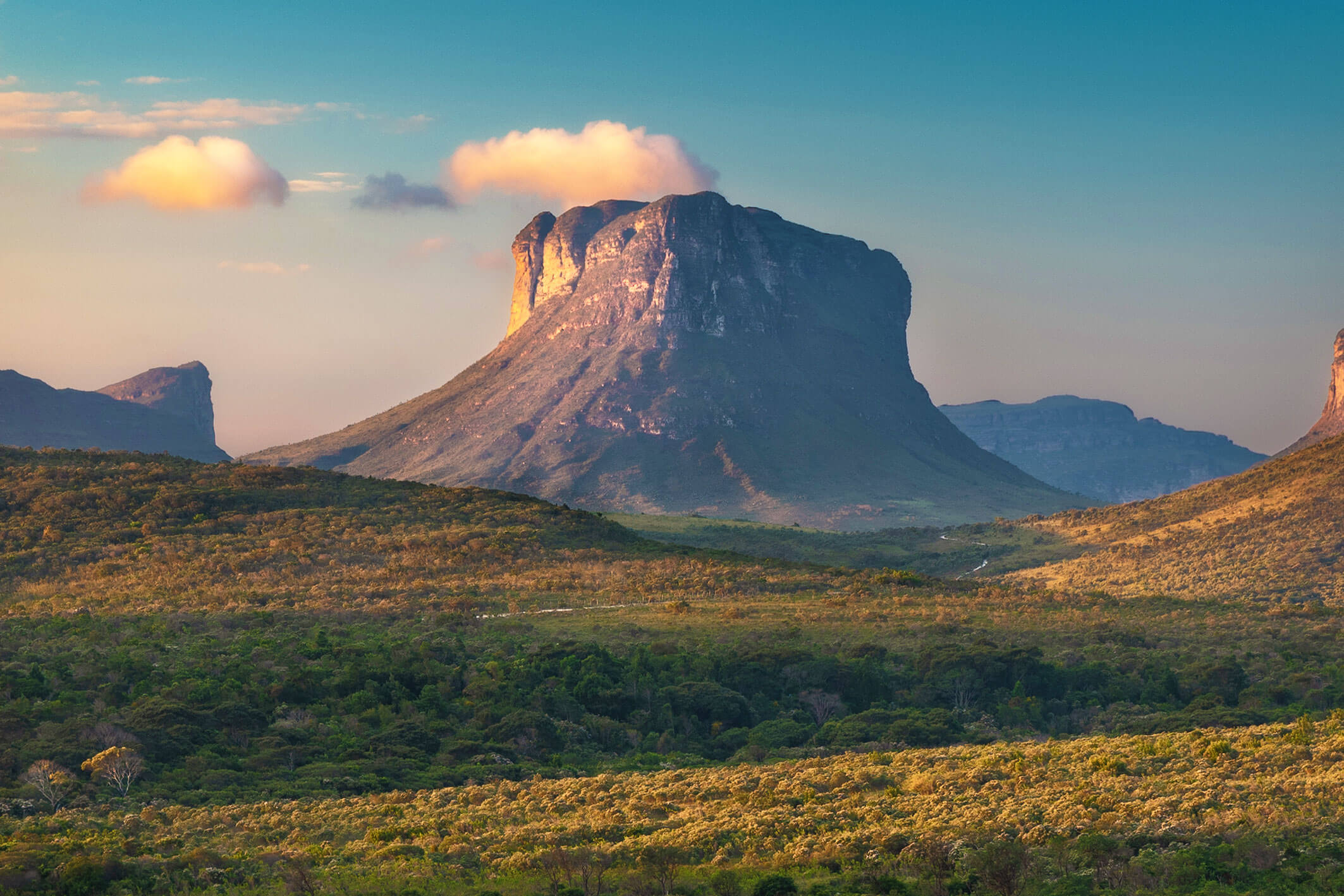1/1 Oops. Incorrect.
0%
0pts Earned
0/1correct
20/20
What Eurovision record does Portugal hold?
After 53 years of competing at the Eurovision Song Contest, Portugal finally brought home the trophy in 2017 with a melodic Portuguese ballad called “Amar Pelos Dois”. The soulful song won the most points of any Eurovision winner to date, with an astonishing 758 points — 100 more than the next-highest scoring entrant. As a result of their spectacular victory, the contest was hosted in Lisbon the following year.
Source: Official EurovisionMost out-of-tune performance
8%
First song in a fictional language
19%
Most consecutive losses
36%
Highest-scoring winner
37%
19/20
Which part of Portugal is soccer player Cristiano Ronaldo from?
Born in 1985 on the Portuguese island of Madeira, Cristiano Ronaldo is one of soccer’s greatest players. As you’d expect, the island is incredibly proud of Ronaldo — you’ll see his name on the main international airport, a fascinating soccer museum, a hotel, and plenty of statues of his likeness.
Source: InsiderBraga
21%
Madeira
39%
Lisbon
21%
Faro
19%
18/20
Why is Portugal’s second-tallest mountain unusual?
Torre, the second-tallest mountain in Portugal (and the highest point on mainland Portugal), is unusual because you can drive right up to its 6,500-foot summit. Visitors can drive up the winding N339 road to the top, passing snow-laden ski resorts, rocky lakes, and steep drops on their way up. At the summit, you’ll find a cozy hotel, a small chapel, a gift shop, and a radar tower.
Source: Summit PostIt has no trees
36%
It’s fully accessible by car
24%
It’s in the middle of a town
25%
It is oddly-shaped
14%
17/20
The longest bridge in Europe is named after which Portuguese explorer?
Opened for the 1988 World Expo, the Vasco da Gama Bridge in Lisbon is named after the Portuguese mariner of the same name, who was the first European to find a sea route to India. The bridge connects the northern and southern parts of Portugal and is 7.5 miles long, making it the longest bridge in Europe.
Source: Lisbon.netVasco da Gama
47%
Ferdinand Magellan
44%
Bartolomeu Dias
4%
Pedro Álvares Cabral
5%
16/20
Portugal holds the world’s oldest alliance with which country?
The maritime powers of Portugal and England have held a diplomatic alliance since the Treaty of Windsor was signed in 1386. Hailed as the world’s oldest alliance between two kingdoms, the treaty guaranteed mutual military support. The treaty still stands, and the two European countries have never waged war on each other, or even been on opposing sides of any conflict.
Source: Portugal.comSpain
55%
France
7%
Brazil
27%
England
12%
15/20
Which iconic Japanese food actually originated in Portugal?
Deep-fried tempura batter is a staple of Japanese food culture, but this style of cooking actually came from the Portuguese traders who visited Japan in the 16th and 17th centuries. Their recipe for battered, fried green beans (peixinhos da horta) was a tasty and effective way of preserving the vegetables, eaten on days when meat was in short supply. The idea was clearly popular with the locals, who took to frying other ingredients such as shrimp and various vegetables.
Source: BBC TravelSushi
33%
Tempura
54%
Okonomiyaki
6%
Katsu curry
6%
14/20
What is the largest island in the Azores, a Portuguese archipelago?
At 40 miles long and nine miles wide, the verdant isle of São Miguel is the largest of the Azores archipelago. The subtropical islands — located about 800 miles southwest of the Portuguese mainland — are known for unusual wildlife, dramatic hikes, subtropical tea farms, and an abundance of exotic fruits. But it's a journey to get there — you'll need to take a three-hour flight from Lisbon over the Atlantic Ocean.
Source: BritannicaMadeira
40%
São Miguel
29%
São Tome
15%
Santa Maria
16%
13/20
Praia do Norte beach is known for which natural wonder?
Want to catch a wave? Praia do Norte — a beach approximately 80 miles north of Lisbon — is home to the world’s largest waves, which can reach up to 100 feet tall. The reason they get so big is because Europe’s deepest underwater canyon (a three-mile deep crevice on the sea bed) lies offshore, amplifying the tumbling Atlantic waves on their way to the beach.
Source: Nazare TourismWaterspouts
15%
The world’s biggest waves
34%
Green sand
27%
Perfectly vertical cliffs
24%
12/20
The Elevador de Santa Justa overlooks which Portuguese city?
Standing tall over Lisbon since 1902, the outdoor, Art Nouveau-style Elevador de Santa Justa lifts passengers from the center of Lisbon to a higher part of the hilly city. Previously, it was difficult to traverse between the two locations, and on its first day of operation the elevator sold 3,000 tickets. Even if you’re not using it to commute, the elevator offers magnificent views of the city.
Source: Lisbon.netCoimbra
8%
Faro
11%
Lisbon
61%
Porto
20%
11/20
The town of Sintra is known for a collection of what?
Sintra is famous for its collection of fantastical castles reminiscent of a Disney fairy tale. There’s the Quinta da Regaleira (a Gothic pile built in 1910 which overlooks the town), the remarkably romantic red-and-yellow Pena Palace (complete with a stunning garden and grotto), plus the captivating medieval Castelo dos Mouros fortress. The train to Sintra takes only 40 minutes from the center of Lisbon.
Source: Culture TripFairytale-esque castles
35%
Fish markets
13%
Quirky art galleries
32%
Botanical gardens
19%
10/20
What is a Portuguese “azulejo”?
Azulejo tiles are found all over Portugal, covering both the interior and exterior of historic buildings across the country. Blue, green, white, and yellow are common colors used in the highly individualized patterns on these tiles, with motifs ranging from flowers to geometric patterns. Influenced by tiles in North Africa, azulejos were first imported to Portugal in the 15th and 16th centuries.
Source: BritannicaBlue glass
43%
Portugal’s national flower
14%
Article of jewelry
9%
Type of tile
33%
9/20
Which animal is considered a good luck charm in Portugal?
Portugal’s (unofficial) national animal is a colorful rooster. According to legend, a pilgrim who once passed through the town of Barcelos was falsely accused of a crime and condemned to death. However, the pilgrim protested, saying that a roasted rooster would come back to life and crow at the hour of his execution to prove his innocence. The rooster did as promised, the alleged criminal was spared, and the Barcelos rooster is now an unofficial good luck charm.
Source: Portugal OnlineCat
20%
Ox
13%
Rooster
63%
Dog
3%
8/20
“Bacalhau” is the Portuguese name for which fish?
Bacalhau is the Portuguese word for cod, and you’ll see it on the menu at most traditional Portuguese eateries. It’s said Portuguese people love cod so much that there are more than 365 ways to prepare it. The fish is actually caught in the cooler waters of northern Europe, but to preserve it for the warmer Portuguese weather, the cod is dried and salted, so it can last for more than a year without refrigeration.
Source: Now in PortugalMullet
8%
Salmon
11%
Herring
30%
Cod
51%
7/20
Lisbon’s Livraria Bertrand is the world’s oldest what?
Founded by two French brothers in 1732, the blue-tiled Livraria Bertrand in Lisbon’s Chiado district is the world’s oldest operating bookstore. If you love the musty scent of old volumes, this is definitely a must-visit on your next visit to Lisbon — books and newspapers stretch from floor to ceiling, and there’s even a literature-inspired café in the back.
Source: Guinness World RecordsChocolatier
17%
Bookstore
52%
Bakery
26%
Cinema
6%
6/20
The city of Funchal, Madeira, uses which unusual mode of transport?
Funchal, the largest city on the Portuguese island of Madeira, has very steep streets because it’s located on the side of a volcano. Since the 19th century, islanders have used an ingenious mode of transportation to get downhill in a flash: wicker toboggans. Aided by a toboggan-pusher in a straw hat and white slacks, riders can reach top speeds of 23 mph on a 10-minute thrill ride through the city’s streets.
Source: Carreiros do Monte ToboggansDonkey-back riding
46%
Toboggan
9%
Open-top tram
28%
Palanquin
17%
5/20
In 1974, Portugal had a revolution named after which flower?
By 1974, Portugal had been living under a fascist dictatorship for more than 40 years, but a bloodless revolution — named after the carnation flower — on April 25 of that year would finally introduce a democratic system. When it looked like victory was near, peaceful protestors in Lisbon stuffed the guns of government soldiers with pretty red carnations as an act of civil disobedience. Freedom Day is celebrated on April 25 in Portugal.
Source: Portugal.comRose
29%
Carnation
29%
Lily
13%
Chrysanthemum
28%
4/20
What’s inside a Portuguese “pasteis de nata”?
Best served slightly warm with a dusting of cinnamon, a pasteis de nata (Portugal's most iconic dessert) is filled with vanilla-infused egg custard. The original recipe dates back three centuries, to a time when the sweet treats were baked by monks at Lisbon’s Jéronimos monastery. Around the corner from Jéronimos is the Pastéis de Belém bakery, still widely regarded to be Portugal’s best place to get your pastry fix.
Source: The GuardianMeat
14%
Jam
9%
Egg custard
36%
Nut paste
41%
3/20
What is added to port wine during the fermentation process?
A healthy dose of brandy is a key ingredient in port wine — a sweet wine produced in and around the Douro river valley near the city of Porto. The strong spirit is added to fermenting grape must, then the port is left to stew for many years before it's bottled and sold. For a rich, full-bodied port, a minimum of two to three years in the barrel is required.
Source: BritannicaBrandy
36%
Herbs
15%
Vodka
3%
Cherries
47%
2/20
Fado is a traditional Portuguese form of which performance art?
First performed in Portuguese pubs and taverns in the 1820s, fado is Portugal’s best-known form of traditional music. In fado, a solemnly-dressed singer is usually accompanied by a couple of guitars, a viola, and possibly a bass instrument. Different regions of Portugal have distinct variants of fado. The genre’s most famous performer was Amália Rodrigues, by far the best-selling Portuguese artist in history.
Source: Portugal OnlineDance
54%
Theater
14%
Music
24%
Poetry
8%
1/20
What kind of wine is Portugal best known for?
The banks of the Douro River — stretching from the central plains of Spain to Portugal’s Atlantic Coast — provide an ideal growing ground for the grapes used to make port wine. In fact, Portugal’s prime wine-producing region is a UNESCO World Heritage Site for this very reason. A popular way to visit the region is via the heritage Linha do Douro railway, which runs from Porto right along the Douro to a scenic village near the Spanish border.
Source: Wine TourismChardonnay
5%
Port
74%
Riesling
5%
Prosecco
15%
Play Quizzes By Category
Play A Trending Quiz
Trending, related and recent quizzes you may be interested in







